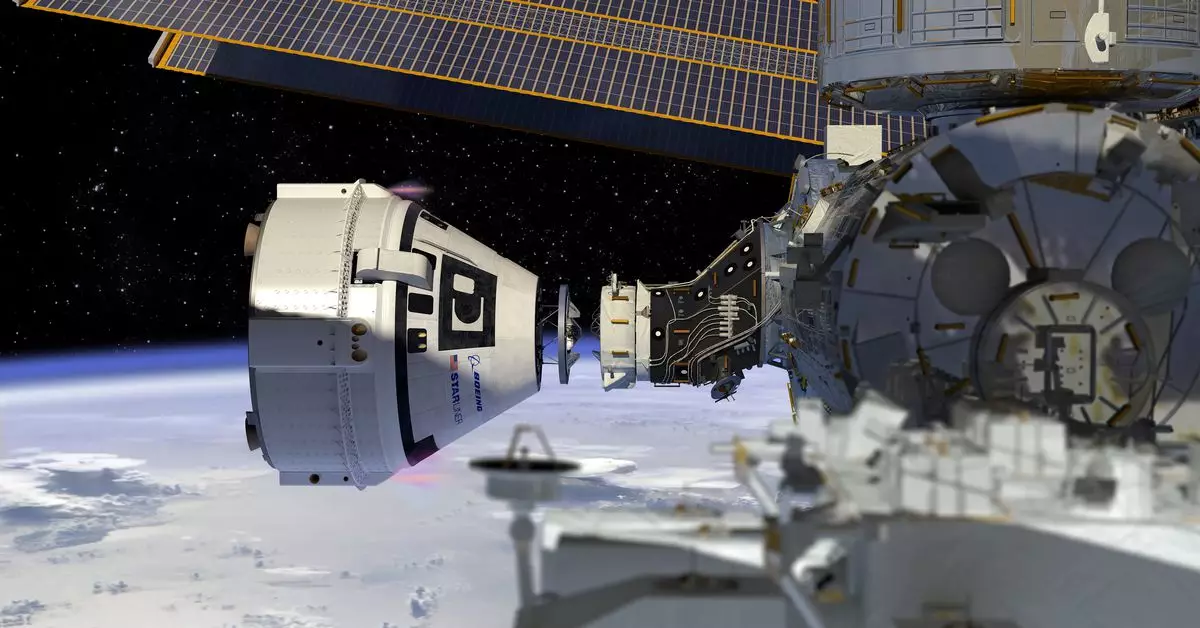NASA administrator Bill Nelson announced today that US astronauts Sunita Williams and Barry Wilmore will return next February with the SpaceX Crew-9 mission after spending more than 80 days aboard the International Space Station (ISS). The decision to delay their return was made after NASA found too much uncertainty in the prediction of the thrusters on Boeing’s Starliner, which was supposed to bring the astronauts back to Earth.
Responding to a press question about how NASA can trust Boeing again, NASA Associate Administrator Ken Bowersox mentioned that there have been tense discussions within the team regarding the decision to delay the return mission. He acknowledged that trust issues exist after a difficult decision like this one. Despite the challenges, NASA remains committed to working with Boeing in the future, emphasizing the importance of building and maintaining trust between the two organizations.
NASA Commercial Crew Program manager Steve Stich highlighted the differences in risk evaluation between NASA and Boeing when it comes to crewed missions. He mentioned that there was a disagreement in terms of the level of risk associated with the Starliner’s thrusters, ultimately leading to the decision to pursue an uncrewed test flight instead. Stich emphasized the importance of accurately predicting performance for crewed missions to ensure the safety of astronauts in space.
The two astronauts were initially scheduled to spend only eight days aboard the ISS following a successful launch of Boeing’s Starliner. However, technical issues such as thruster failures, helium leaks, and valve problems plagued the spacecraft during its docking with the ISS, leading to a prolonged stay for Williams and Wilmore. Tests conducted at NASA’s White Sands Test Facility revealed potential reasons for the thruster failures, including deformed Teflon seals in the spacecraft.
With limited access to the Starliner docked at the ISS, NASA had to decide between returning the astronauts to Earth aboard the troubled spacecraft or arranging for their return with SpaceX’s Crew-9 mission. The decision to delay the return was based on prioritizing the safety of the crew and mitigating the risk associated with the uncertainties surrounding the Starliner’s performance. The Crew-9 mission is set to launch in late September and will bring Williams and Wilmore back to Earth in February next year.
Overall, the delayed return of US astronauts Sunita Williams and Barry Wilmore sheds light on the complexities and challenges of crewed space missions. It underscores the importance of thorough risk evaluation, technical precision, and effective collaboration between NASA and its commercial partners to ensure the safety and success of astronauts in space.


Leave a Reply